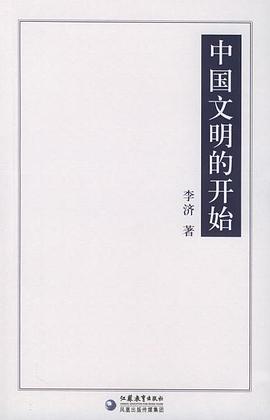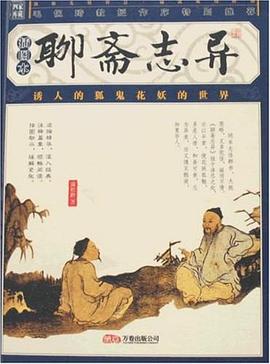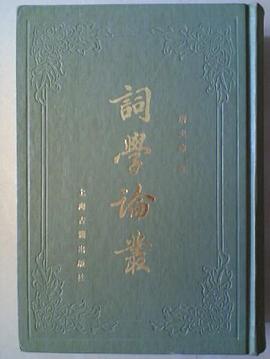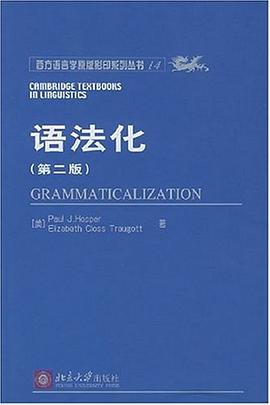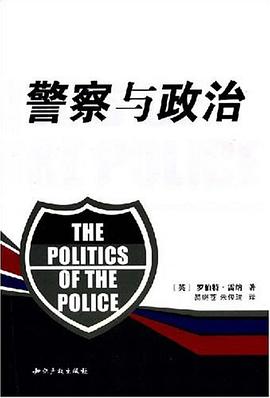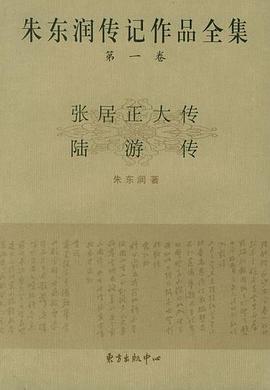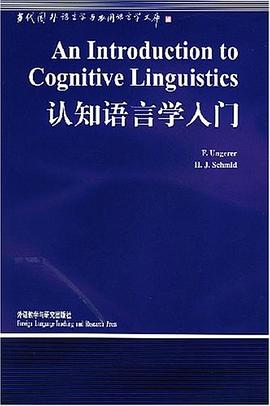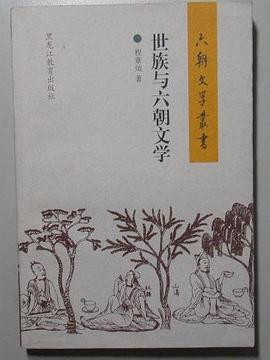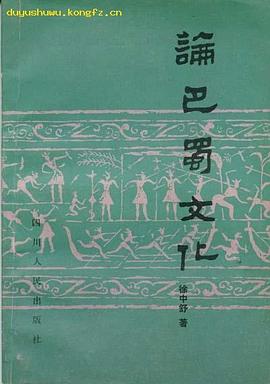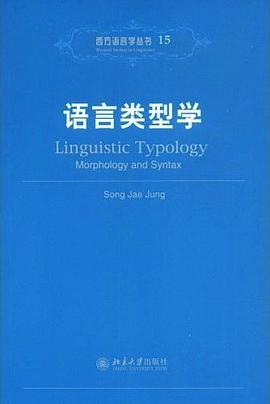
《語言類型學》作者在大量不同語言的資料和例證的基礎上,對語言類型學作瞭全新和深入的介紹。《語言類型學》的特色是著重對此領域中的主要問題,如基本語序、格標記、關係從句、緻使構式等進行瞭具體而詳細的研究,通過具體案例研究,揭示瞭如何發現和解釋語言類型的係統模式,以及這些模式所受的限製。另外,《語言類型學》還討論瞭一些實用的問題和方法,如語料的采集和語言樣本的製作,最後《語言類型學》探討瞭語言類型學在曆時語言學、語言習得等其他領域中的應用問題。
對於研究興趣在語言類型和語言共性、語言比較、曆時語言學、語言習得、語言認知等領域的讀者而言,《語言類型學》都是一部有價值的著作。
-------
目錄
給中國讀者的前言
Preface
導讀
Abbreviario掰
Acknowledgements
1 Introducing linguistic typology
1.1 What do linguistic typologists study?
1.2 Typological analysis
13 Typology of language universals
1.4 Language universals and linguistic typology
1.5 Assumptions and problems in typological analysis
1.5.1 Cross-linguistic comparability
1.5.2 The Principle of Uniformitarianism
1.5.3 Approaches to language sampling
1.5.4 Determining language sample sizes
1.5.5 Problems with data
1.6 Partial typology VS.holistic typology
1.7 Organization ofthe rest ofthe book
2 Basic WOrd Order
2.1What is basic word order?
2.2 Early research on basic word order
2.2.1 The inception of word order typology
2.2.2 The OV-VO typology
2.2.3 Making language universals exceptionless
2.3 Explaining the distribution of the basic clausal word orders
2.4 Back to the OV-VO typology:the Branching Direction Theory
2.5 Seeking a global explanation:the Early Immediate Constituents Theory
2.6 From word order to morpheme order:the suffixing preference
2.7 Closing remarks
3 Case marking
3.1 Introduction
3.2 AS and P, and types of case marking
3.2.1 Nominative-accusative system
3.2.2 Ergative-absolutive system
3.2.3 Tripartite system
3.2.4 AP/S system
3.2.5 Neutral system
3.3 More types of case marking
3.3.1 Split-ergative system
3.3.2 Active-stative system
3.3.3 Direct-inverse system
3.4 Distribution of the case marking systems
3.5 The discriminatory view of case marking
3.6 The indexing view of case marking
3.7 The discriminatory view vs. the indexing view
3.8 The Nominal Hierarchy and the split-ergative system
3.9 Towards a unified explanation: attention flow and viewpoint
3.10 Ergativity from discourse to grammar
3.11 Case marking in altered or non-basic constructions
3.11.1 Passive
3.11.2 Antipassive
3.11.3 Noun incorporation
3.11.4 Advancement of obliques to P
3.12 Syntactic ergativity
3.13 Head marking vs. dependent marking
3.14 Case marking type and word order type
4 Relative clauses
4.1 Introduction
4.2 The position of the head noun vis-a-vis the restricting clause
4.3 Expression of the head noun
4.3.1 The obliteration strategy
4.3.2 The pronoun-retention strategy
4.3.3 The relative-pronoun strategy
4.3.4 Language-internal distribution of the relativization strategies
4.4 Accessibility Hierarchy: accessibility to relativization
4.5 Conspiracy in relativization
4.6 Correlations between RC-related properties
4.7 The head noun in the main clause
4.8 Subject primacy vs. discourse preferences in relativization
4.9 RC type and word order type
4.10 The role of processing in the distribution of RC types
4.11 The All and structural complexity
5 Causatives
5.1 Introduction
5.2 The morphologically based typology of causative constructions
5.3 The syntax of the causee NP: the Case Hierarchy
5.4 Conspiracy in causativization
5.5 Doubling: coding vs. grammatical relation
5.6 Causation types and causative types
5.7 The case marking of the causee NP
5.8 The conceptual integration of the causee in the causative event
5.9 Towards a typology of causative constructions
6 The application of linguistic typology
6.1 Introduction
6.2 Linguistic typology and historical linguistics
6.2.1 Early attempts at word order reconstruction
6.2.2 Linguistic typology as a control on, and a tool in,reconstruction
6.2.3 Linguistic typology and linguistic prehistory
6.3 Linguistic typology and language acquisition
6.3.1 Accessibility to relativization in FLA
6.3.2 Accessibility to relativization in SLA
6.3.3 Two potential FLA/SLA areas of application
6.3.4 Closing remarks
7 European approaches to linguistic typology
7.1 Introduction
7.2 The Leningrad Typology Group
7.3 The Cologne UNITYP Group
7.4 The Prague School Typology
7.5 Epilogue
Bibliography
Author Index
Language Index
Subject Index
具體描述
讀後感
評分
評分
評分
評分
用戶評價
俺讀的是原版 內容跟這個北大影印版一樣 但北大版多瞭導讀和原作者為中文版寫的前言
评分俺讀的是原版 內容跟這個北大影印版一樣 但北大版多瞭導讀和原作者為中文版寫的前言
评分俺讀的是原版 內容跟這個北大影印版一樣 但北大版多瞭導讀和原作者為中文版寫的前言
评分俺讀的是原版 內容跟這個北大影印版一樣 但北大版多瞭導讀和原作者為中文版寫的前言
评分俺讀的是原版 內容跟這個北大影印版一樣 但北大版多瞭導讀和原作者為中文版寫的前言
相關圖書
本站所有內容均為互聯網搜索引擎提供的公開搜索信息,本站不存儲任何數據與內容,任何內容與數據均與本站無關,如有需要請聯繫相關搜索引擎包括但不限於百度,google,bing,sogou 等
© 2025 qciss.net All Rights Reserved. 小哈圖書下載中心 版权所有



